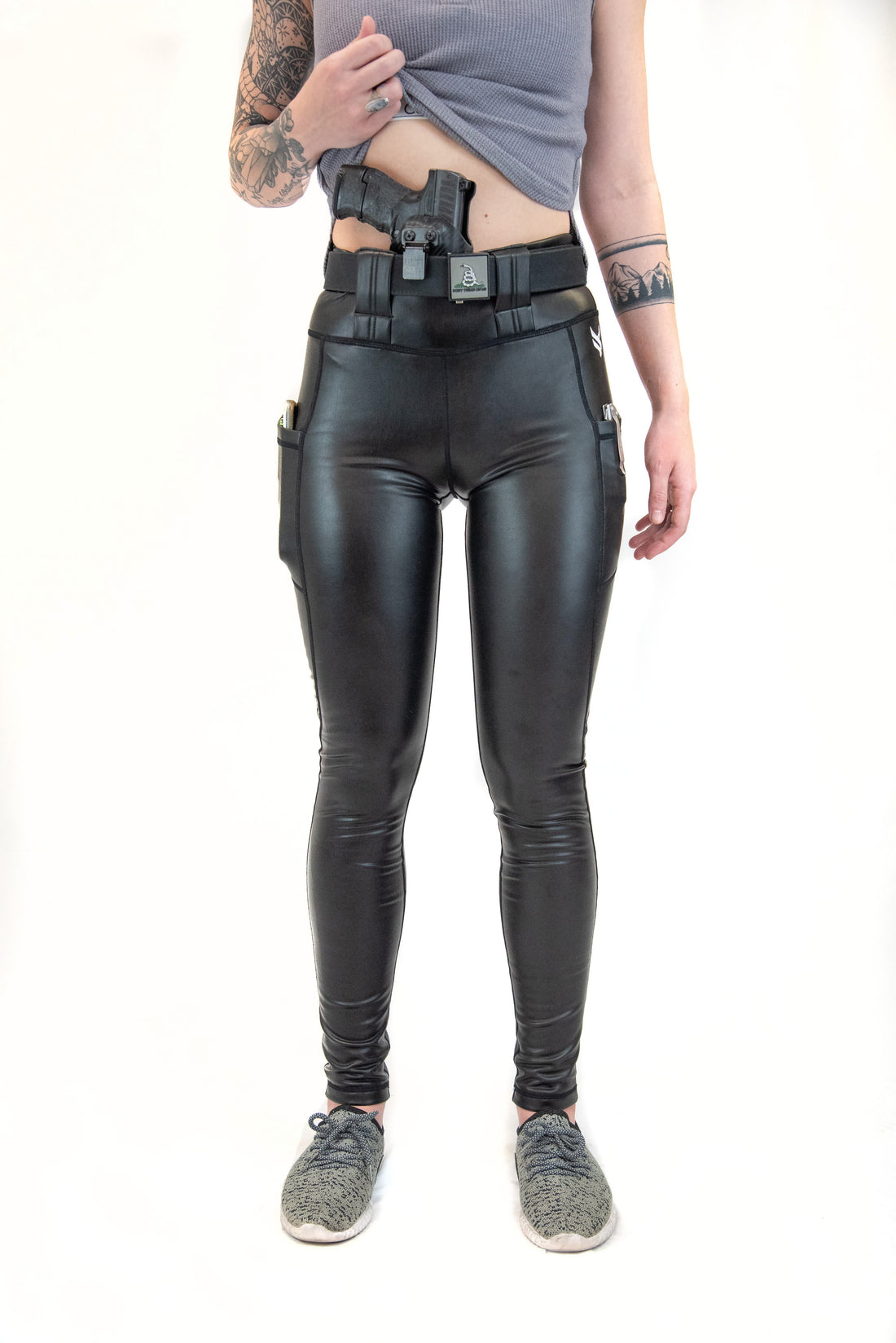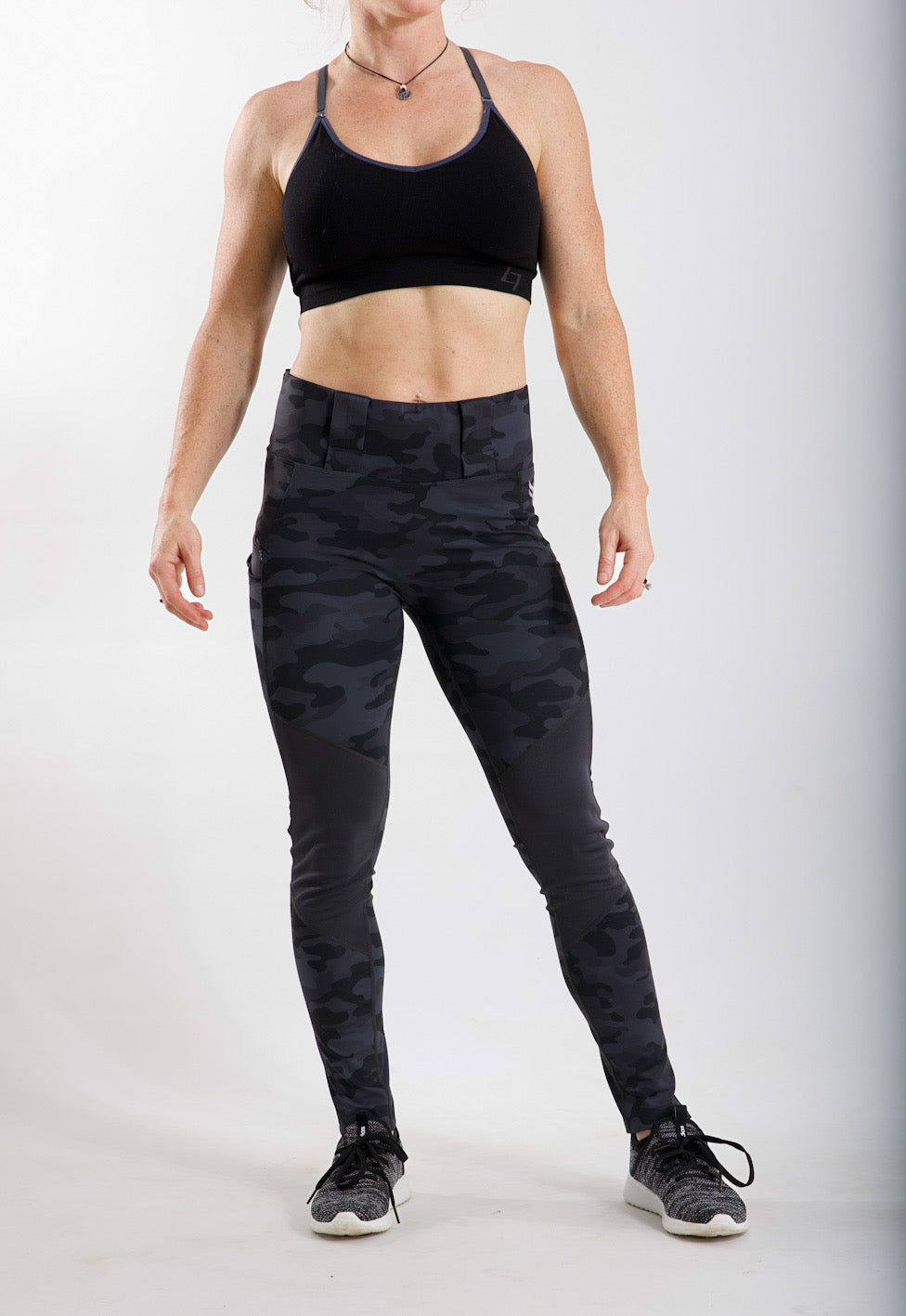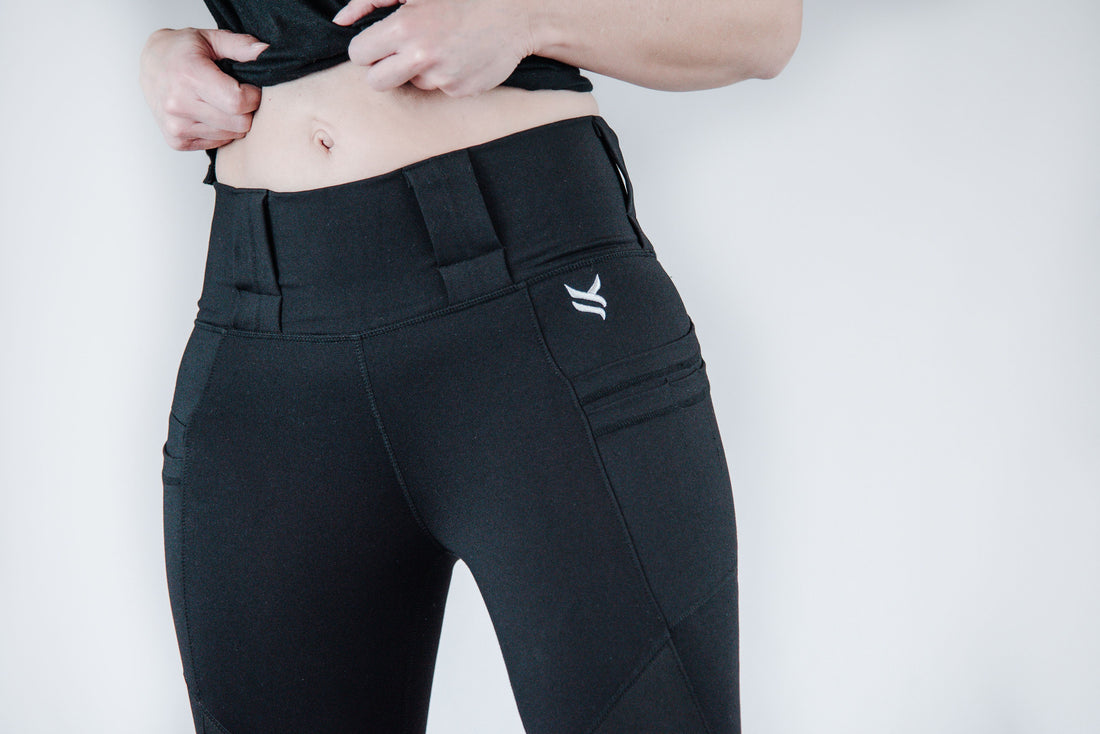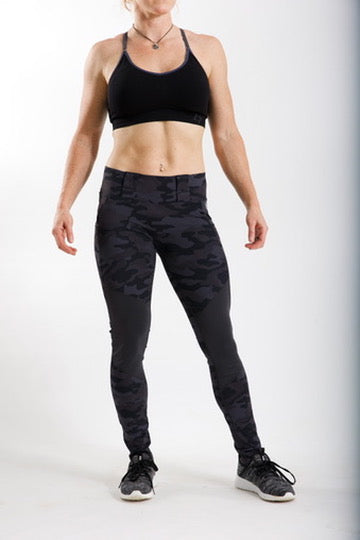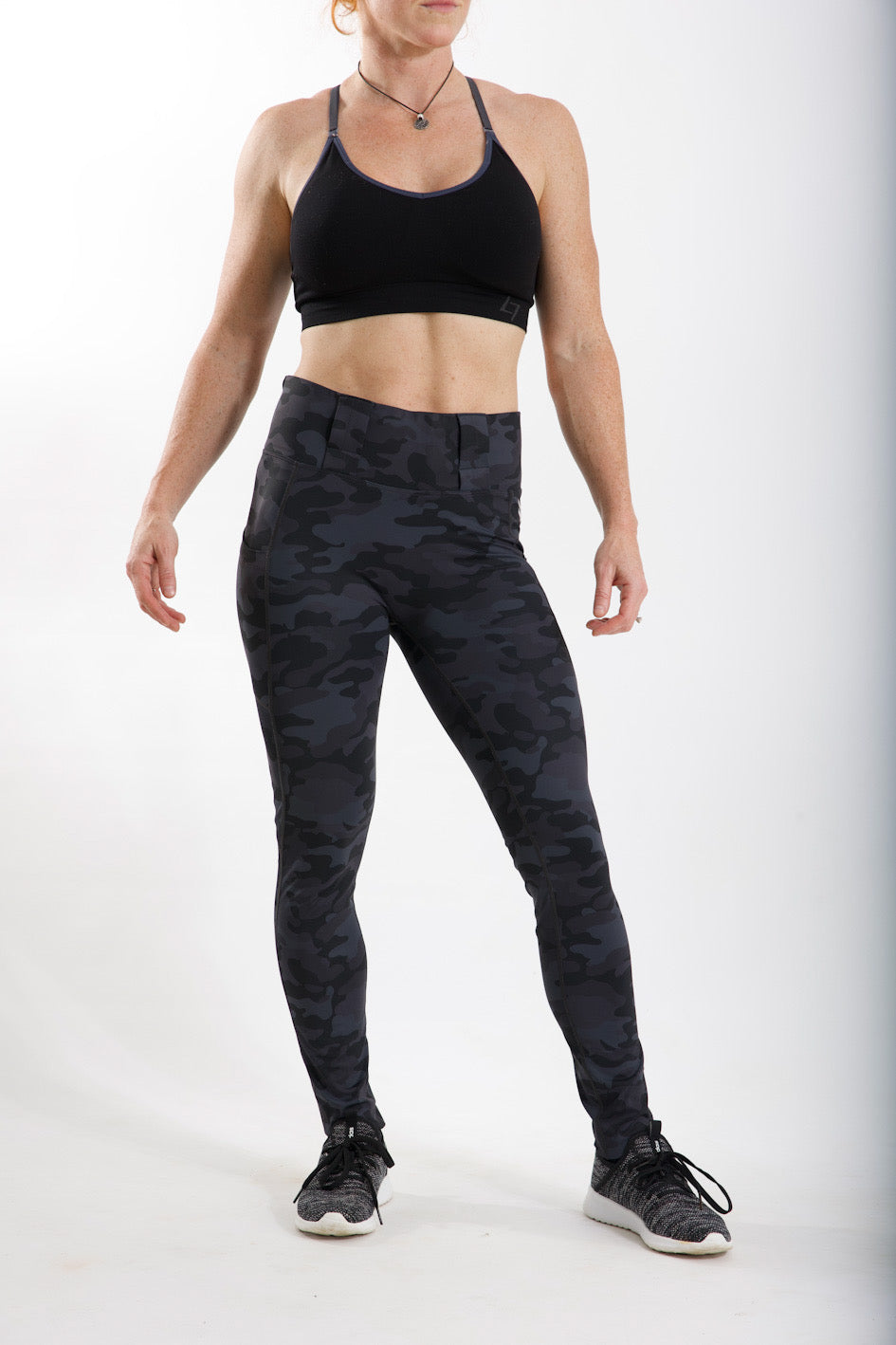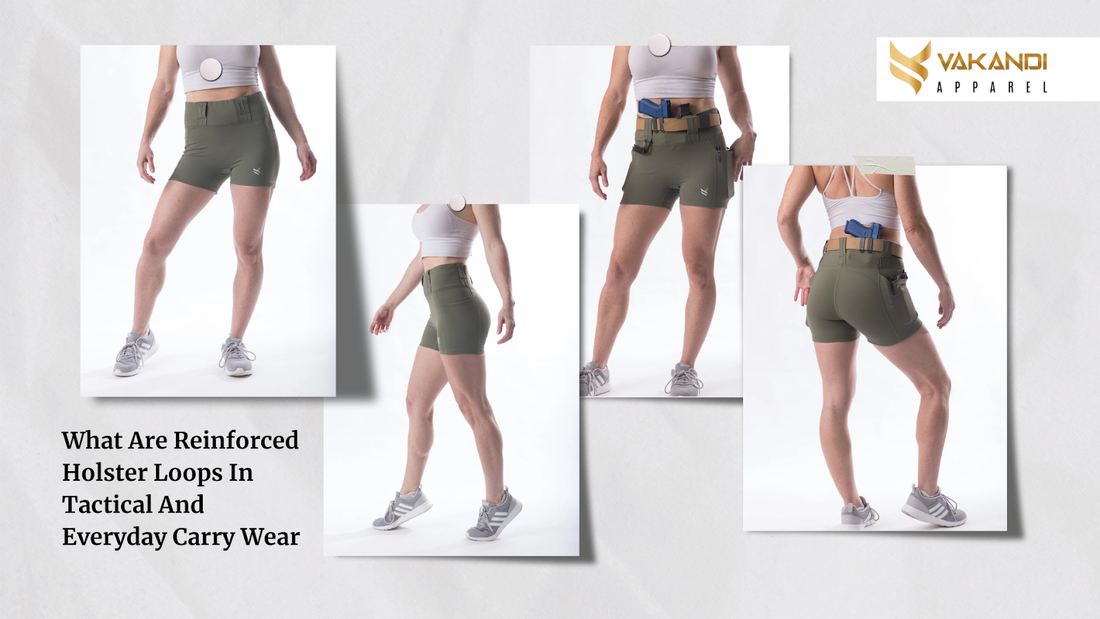
News
What Are Reinforced Holster Loops In Tactical And Everyday Carry Wear
What Are Reinforced Holster Loops In Tactical And Everyday Carry Wear
Introduction: Beyond the Basics of Holster Design
You’re getting ready for the day. Whether it’s heading to the range, going on a hike, or running errands in town, you plan to carry. Your firearm is secure in its holster or is it?
Many people focus on the holster itself, its shape, material, and concealment but overlook the one small piece that keeps it all in place: the belt loops. If those loops fail, your gun belt and holster fails. And that could mean discomfort, a snagged draw, or, worst case, losing control of your firearm.
That’s where reinforced belt loops come in. These small but mighty components make the difference between a carry setup that’s safe and one that’s risky.
In this guide, we’ll break down what reinforced loops are, why they matter, and how to choose the right ones for your tactical and everyday carry activewear.
What Are Reinforced Belt Loops?
Reinforced belt loops are specially designed belt loops sewn into clothing to provide extra strength and stability for firearm carry. They’re thicker, stronger, and more securely stitched than standard loops.
Unlike basic loops, they’re built to handle repeated stress from movement, weight, and draw tension without stretching, tearing, or coming loose.
In short: Reinforced loops are your belt and holster’s anchor keeping your firearm where it needs to be, no matter what you’re doing.
The Core Function of Reinforced Loops
1. Enhanced Durability for Constant Use
When you wear conceal carry activewear daily, the loops endure constant pulling, bending, and friction. Reinforced loops are made with stronger stitching patterns (like bar tacks or double-box stitches) and higher-tensile fabrics, so they last longer without fraying.
2. Preventing Holster Detachment Under Stress
In a sudden movement like sprinting, crouching, or reacting to a threat weaker loops can fail. Reinforced loops grip your belt or waistband tightly, keeping the holster secure in place. This prevents shifting or falling out during high-movement situations.
3. Supporting the Weight of Firearms
Whether you’re carrying a subcompact or a full-size handgun, weight adds up. A single loaded Glock 19 can weigh over two pounds. Reinforced loops are designed to carry that weight without sagging which is especially important for workout clothes for conceal carry and athletic wear for conceal carry that need to keep shape under load.
Materials and Construction Differences
Common materials for reinforced loops include:
• Nylon webbing – Extremely durable, resists fraying, and holds shape.
• Spandex blends – Flexible yet strong, often used in mens outdoor activewear or womens outdoor activewear for comfort and stretch.
• Polyester grosgrain – Smooth, low-friction, and holds color well.
Gender-Specific Needs in Holster Loops
Do Men and Women Need Different Loops?
Yes, mostly due to body shape and clothing fit.
• For women: Higher waistbands and more contoured fits mean loops may need to be angled for comfort and concealment. Women often prioritize softer interior finishes to avoid irritation during workouts.
• Women often choose designs that avoid printing under leggings or womens’s everyday carry leggings.
• For men: Straighter cuts allow for slightly larger, more rigid loops. Men may also prefer loops positioned for strong-side or appendix carry with belt loops that align to standard pants spacing.
• Men may focus on loops that allow a quicker draw without snagging on a shirt or jacket.
Design Considerations for All Carry Styles
1. Adjustable Loops for Varied Fits: Loops with adjustable or long lengths can work with multiple belt widths, from slim running belts to full tactical rigs.
2. Wider Loops for Better Weight Distribution: Wide loops spread the firearm’s weight, reducing hot spots and sagging crucial for concealed carry clothing meant for all-day wear.
3. Ergonomic Shapes for Easier Handling: Some loops are curved or tapered to prevent digging into the body during bending or squatting, especially in activewear for conceal carry.
Maintaining and Caring for Your Loops
1. Wash Gently: Use cold water, a gentle cycle, and mild detergent to avoid breaking down loop fibers.
2. Avoid Heat: Skip the dryer high heat can weaken elastic fibers in spandex-blend loops. Hang dry instead.
3. Inspect Regularly: Check stitching for frays or loose threads. Catching small issues early prevents failure later.
Expert Insights (from Vakandi & field testing)
Q1: Why choose Vakandi?
Vakandi designs tactical and activewear clothing with built-in reinforced holster loops tested under real-world training conditions.
Q2: What is the ideal material for Tactical and activewear?
A blend of high-gsm nylon and spandex solid colors at 315 gsm for durability, camo at 280 gsm for breathability.
Q3: Are Tactical and activewear squat proof?
Yes fabric weight and construction prevent see-through issues during full-range movement.
Q4: How heavy of a gun can I carry with activewear?
Up to a full-size handgun with loaded magazine loops and waistbands are reinforced for weight support.
Q5: Are the Tactical leggings true to size?
Yes, but size up if you’re carrying IWB with a larger frame pistol for comfort.
Q6: What are the washing instructions for Tacticalwear?
Cold wash, gentle cycle, hang dry to extend loop and fabric life.
Conclusion: Invest in a Secure Foundation
Reinforced belt loops might seem small, but they’re a big deal for conceal carry safety and comfort. They provide the stability your holster needs to perform under stress, carry weight without sag, and keep your firearm exactly where you want it.
When choosing concealed carry clothing for men and women, look beyond style and focus on loop design, material, and construction. Whether you’re training, hiking, or running errands, secure loops mean you can move freely without worrying about your setup.
A good carry starts with a strong connection and reinforced loops are that connection.

